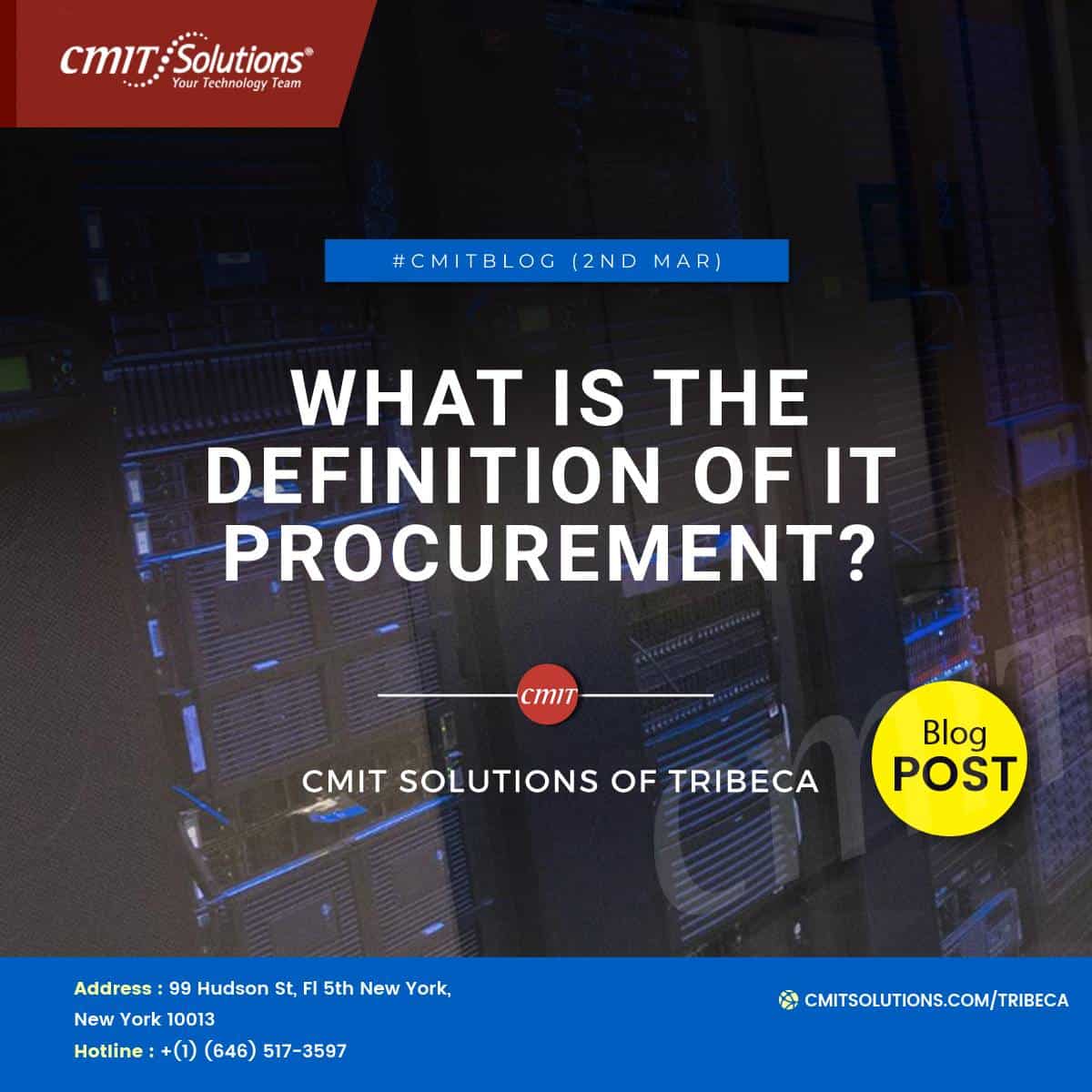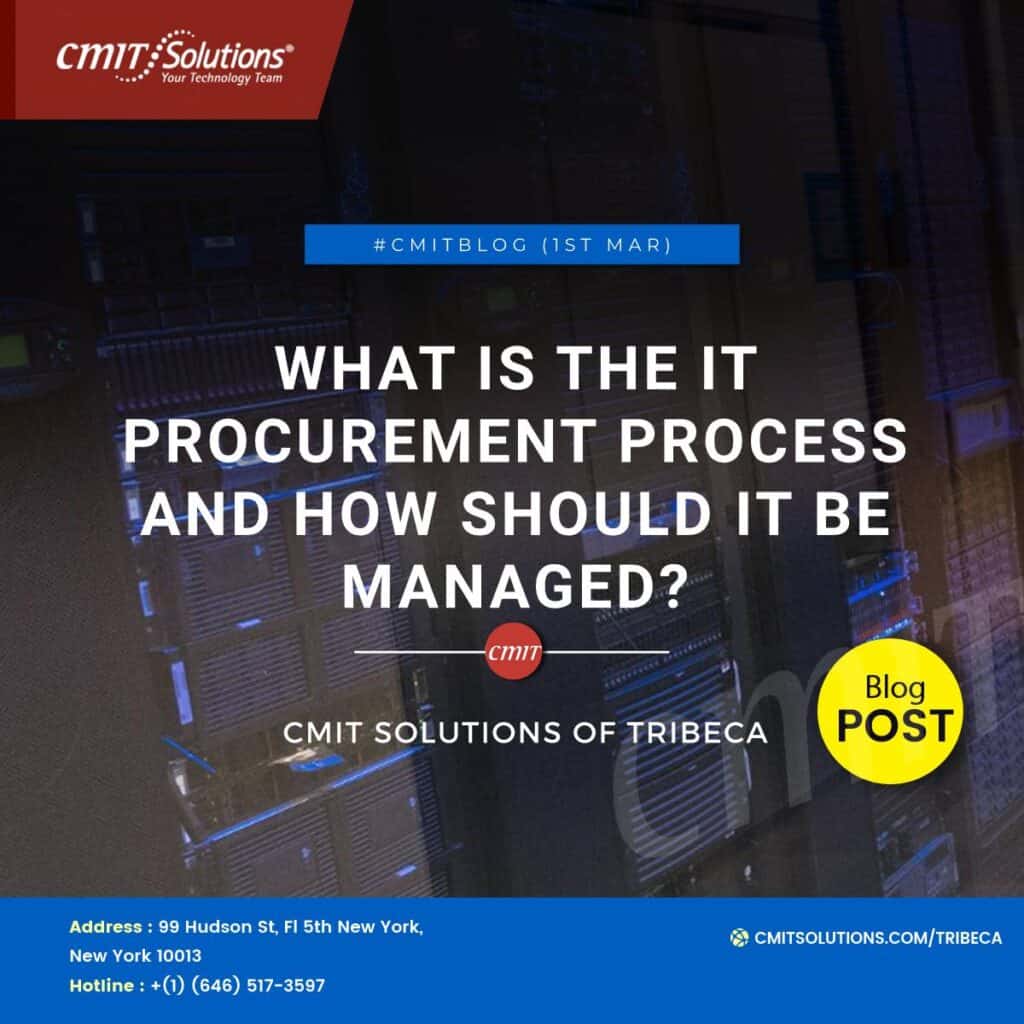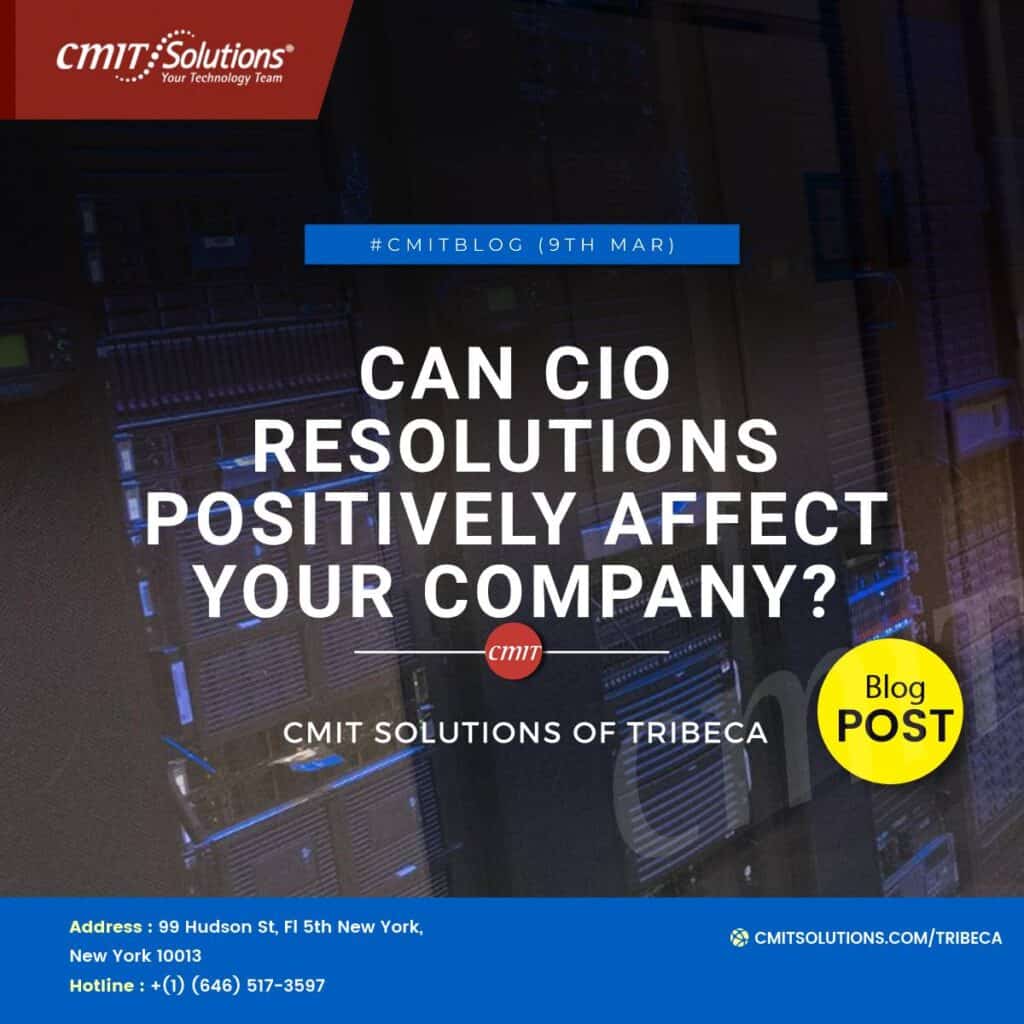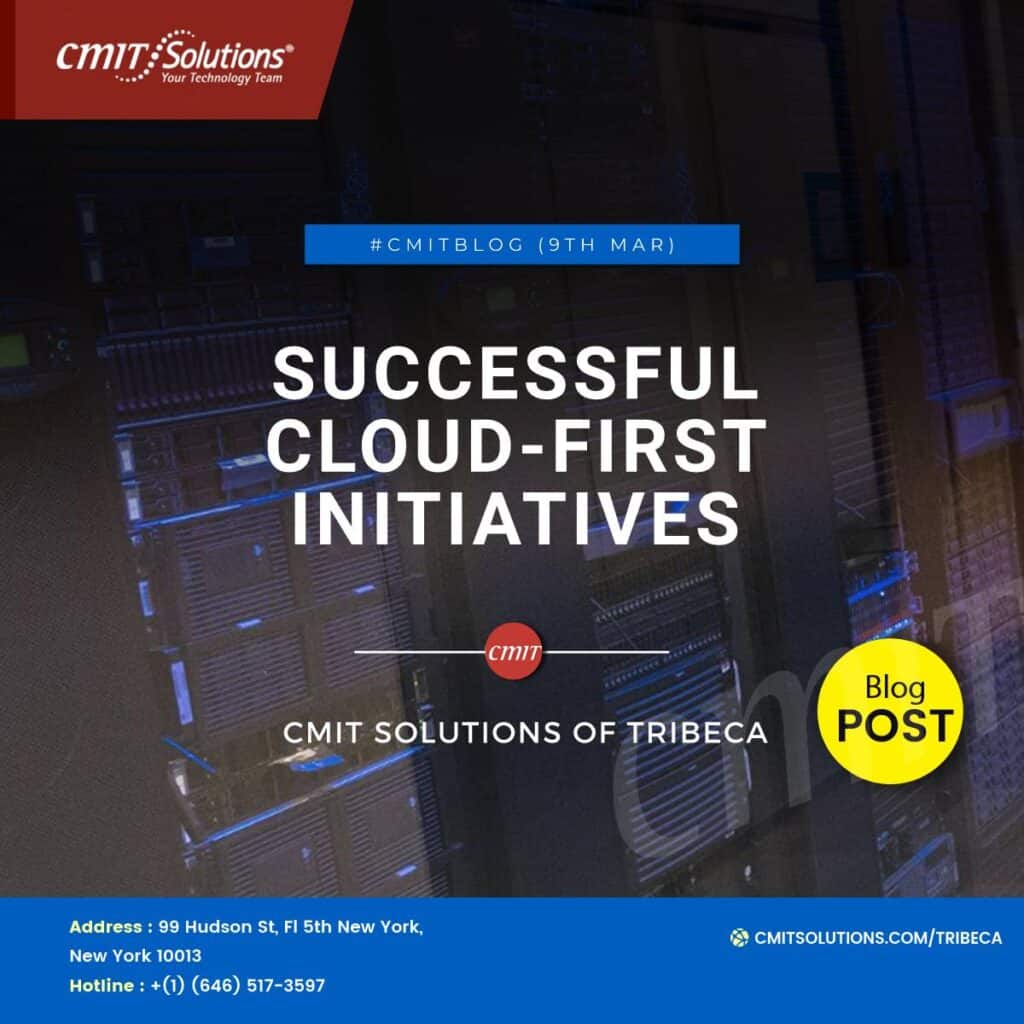The process of finding and purchasing information technology assets to power your company or organization’s operations is known as IT procurement. Hardware and software goods, as well as IT services such as cloud and cyber security services, as well as strategic and administrative tasks, may all be included in IT procurement.
Any IT procurement plan should aim to meet the goals of your organization or company while also maximizing the return on your investment and safeguarding you from a variety of dangers (e.g. regulatory, cyber security, etc).
CPOs must do the following duties as part of their IT procurement work:
- Requests for Proposals (RFPs) (RFP),
- Demands for information (RFI),
- Collaborating with original equipment manufacturers in the IT sector (OEM),
- Looking over the many possibilities available on the market,
- Negotiating price and support with OEMs
- Interacting with internal stakeholders
Every company and organization is unique. You must consider the size of your company/organization, your sector, and any special regulatory and compliance needs, among other things. Each company must manage its IT procurement in a manner that meets its requirements while being mindful of its restrictions.
This reality is felt across all IT gear (devices, routers, servers), software (apps or licensed software) and services (cloud) you could purchase.
As a result, optimizing the value of your IT procurement effort requires a well-conceived and performed IT procurement activity. Failure to do so will be felt not just in your IT, but also in the fundamental functions of your company or organization.
Best Practices in IT Procurement
IT procurement professionals must establish a balance between cost reductions and organizational requirements. The following is a list of the objectives they want to accomplish throughout the process.
- Obtain technology that is in line with the organization’s requirements.
Frequently, technology acquisitions are made in the belief that the cost savings would outweigh the time and effort required for the company to adjust to the new technology.
In reality, the opposite is true: acquired technology should be deliberately obtained to align with and support company objectives. Engineering workarounds and changing your IT infrastructure — or bigger processes or workflows — might result in inefficiencies and integration issues.
- Establishing Strategic Partnerships
The benefits of developing a strong connection with certain suppliers and/or IT providers might be significant in the IT procurement process. Not only will this save money because to economies of scale and well-established logistical processes, but the proper supplier can also assist with:
- Adoption issues should be resolved more quickly.
- Rogue purchasing is eliminated, and current ERP systems such as SAP, PeopleSoft, Oracle, and others are integrated.
- Allow the creation of service level agreements and standards.
- Establish a structure for both sides to collaborate in order to enhance the connection.
- Get Stakeholders Involved
As part of a strategic sourcing strategy that aims to gather as much data as possible before making a buying decision. Involvement of all essential stakeholders in the IT procurement process is critical.
This will enable your procurement team to comprehend the organization’s demands, budget, and the influence of all planned purchases on operations.
- Keep Risk to a Minimum
Every asset transaction carries some level of risk, and IT is no exception. A procurement expert will work with risk reduction and security in mind, from technology that fails to meet the company’s goals to possible financial or regulatory difficulties on the road.
These are some of the practices:
- Conducting a thorough risk assessment
- calculating the likelihood of financial losses
- Road-mapping, planning for future developments, and putting strategies in place to mitigate their effect are all things that need to be done.
- Purchase assets with a long-term perspective
Many businesses want to cut their capital acquisition expenses, thus they base their purchases on short-term requirements and upfront expenditures.
Top firms, on the other hand, consider the total cost of ownership when making acquisitions.
Rather than soliciting bids from suppliers, today’s IT procurement experts, such as those at Insight, will determine how much the technology will cost to run and ultimately dispose of, ensuring that the most cost-effective solution is chosen that will pay off over time.
Recognize Your IT Infrastructure
Before we get into IT procurement, let’s take a look at the advantages and challenges your organization is likely to experience in managing its IT infrastructure. This is a crucial topic to consider since, at the end of the day, your IT procurement activities should improve the efficiency of your IT infrastructure.
At least two of these three essential components, hardware, software, and services, are almost probably present in your IT architecture. For the most part, hardware and software are taken for granted (e.g. word processing from a laptop).
In today’s world, IT infrastructures include more than just computers and productivity software. You also have networking infrastructure that connects your business to the internet as well as internally between computers, printers, and on-premise servers.
Similarly, your productivity suite contains email, which might be based on Exchange, Google, or a proprietary suite, as well as CRM and other tools.
IT procurement becomes a problem when these systems become outdated and no longer relevant (in terms of current and upcoming trends and behaviors).
IT procurement is critical due to factors such as present hardware and/or software being out of compliance, not having the required features, greater cost-of-ownership, and others.
The Distinction Between Hardware and Software Purchasing
In terms of hardware, your IT procurement activities can be focused on replacing aged laptops and/or workstations, routers, printers, mobile devices, and, in the case of in-house or on-premise hosting servers, in-house or on-premise hosting servers.
What is the definition of software procurement?
Renewal of licenses for productivity products such as Microsoft Office, Adobe Creative Suite, Citrix, and others may be part of software procurement. You might also consider developing bespoke apps instead of using software-as-a-service (SaaS) offerings. Procurement would also be in-house development.
Your IT procurement process must be able to meet your operational needs. They must, however, adhere to your compliance standards, satisfy your cyber security requirements, and support your strategic business objectives (increasing profitability and market-share).
If you don’t meet all of your company’s or organization’s criteria, you haven’t built a strong IT procurement plan (not just daily operations, but compliance too).
Otherwise, there would be a waste of resources, whether directly (by purchasing the incorrect or undesirable systems) or indirectly (by purchasing the wrong or unwanted systems) (resulting in underused or insufficient capacity).







